In an effort to address barriers Latinx farmers face in the agricultural industry, University of Minnesota researchers are studying the viability of chile pepper production in Minnesota and Wisconsin. Researchers used the term “Latinx” in their study, which is a gender-neutral term for Latino.
Since spring 2020, University researchers have collaborated with several local farmers and the Shared Ground Farmers’ Cooperative to grow 24 varieties of hot peppers in four locations around the two states. They published their preliminary results earlier this month.
The Shared Ground Farmers’ Cooperative helps rural Latinx farmers find a market to sell their produce in the Twin Cities by delivering produce directly to consumers, restaurants or wholesalers and participating in various Farm to School programs, which provides local produce for school meals.
Rodrigo Cala, a certified organic farmer who runs the Cala Farm with his brother in Turtle Lake, Wisconsin, has been involved with the co-op and works as a consultant with the Latino Economic Development Center helping Latinx and immigrant farmers navigate challenges they face.
This study, and its funding from a grant with the Minnesota Department of Agriculture, is important because it takes the risk off of farmers who cannot afford to conduct experiments on pepper viability in this region, Cala said.
Originally from Mexico City, Cala grew up on a small farm in Mexico and before moving to the U.S. struggled to find quality produce for Mexican dishes, like chile peppers. As the owner of one of the participating farms in the University study, he said there is an opportunity to capitalize on an increase in a nationwide demand for spicier foods like hot sauce.
Challenges in market opportunity
Cala said finding market opportunities as a Latinx or immigrant farmer is challenging, especially for those who do not speak English or have an accent. Finding a market to sell the produce is an additional obstacle.
When meeting with new buyers, Cala said he often has to bring extra paperwork and certifications with him to convince buyers he is a good farmer. But sometimes it is not enough to be a good farmer, he said. Farmers have to know how to convince buyers to purchase their produce.
Acquiring land is one of the biggest barriers, particularly for those who have not established credit, he said. Land is also expensive.
According to Cala, immigrant farmers typically do not have enough land to grow corn.
“[If] farmers want to make money with corn, they need 1,000 acres … Most of the farmers in the Latino community, they have between 10 to 20 acres at the most,” he said. “So, we need to be thinking [about] what we can grow on this land.”
Agriculture is going to need to expand and make way for a new demographic of farmers who are younger and have an interest in selling produce different from soybeans or corn, he said. In 2017, the average age of a U.S. farmer was almost 58.
‘Emerging farmers’ in Minnesota
According to the Emerging Farmers in Minnesota legislative report released in February, in 2017 99% of all farmers in Minnesota were white. Those constituting “emerging farmers” were described as younger, having no inherited land, limited capital, interested in urban agriculture and passionate about ethical farming.
“As new groups of people start farming, we need to be making sure that research and outreach is meeting the specific needs of farming communities that may be interested in growing different things,” said Natalie Hoidal, one of the University researchers on the project.
Historically, land ownership in the state has favored white, male farmers, said Patrice Bailey, assistant commissioner of the Minnesota Department of Agriculture and co-author of the Emerging Farmers report. According to the report, “well documented racial bias in U.S. Department of Agriculture (USDA) grant and loan programs” has supported a system that keeps land away from people of color, women or other minorities, preventing them from accumulating wealth.
“There is still a level of racism in Minnesota, even in 2021,” Bailey said. Because access to land and agricultural opportunity is still uneven in the state, for the few people of color in the field it can be incredibly isolating, especially if they are the only one growing a certain kind of produce, he said.
Some farmers or families feel so alone or alienated they cannot stay in the industry, or have to move out of rural areas, he said.
“You don’t have to say anything to isolate someone, to break someone’s spirit into leaving. This is a problem that is pretty pervasive around the state,” Bailey said.
As a Black man, Bailey said it was hard while growing up to picture a farmer looking like him, and that this perception is pushing away young people of color interested in agriculture.
“Kids of color especially, cannot be what they don’t see,” he said. “And so, if they don’t see it, they won’t be able to achieve it. And so, agriculture will just continue to be a word.”
Correction: A previous version of this story misspelled Rodrigo Cala’s last name. Additionally, the caption of the photo in this story misstated University of Minnesota Extension educator Natalie Hoidal’s job title.


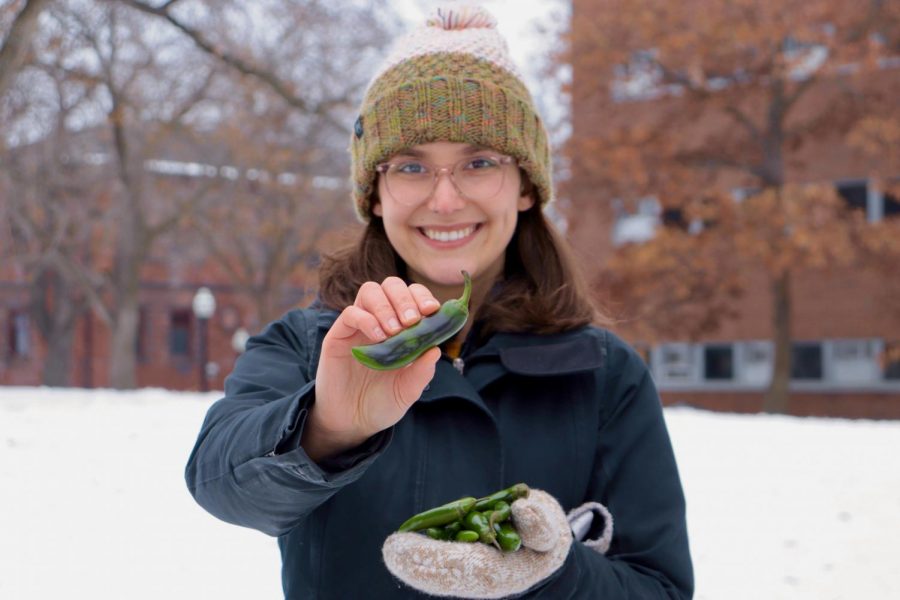
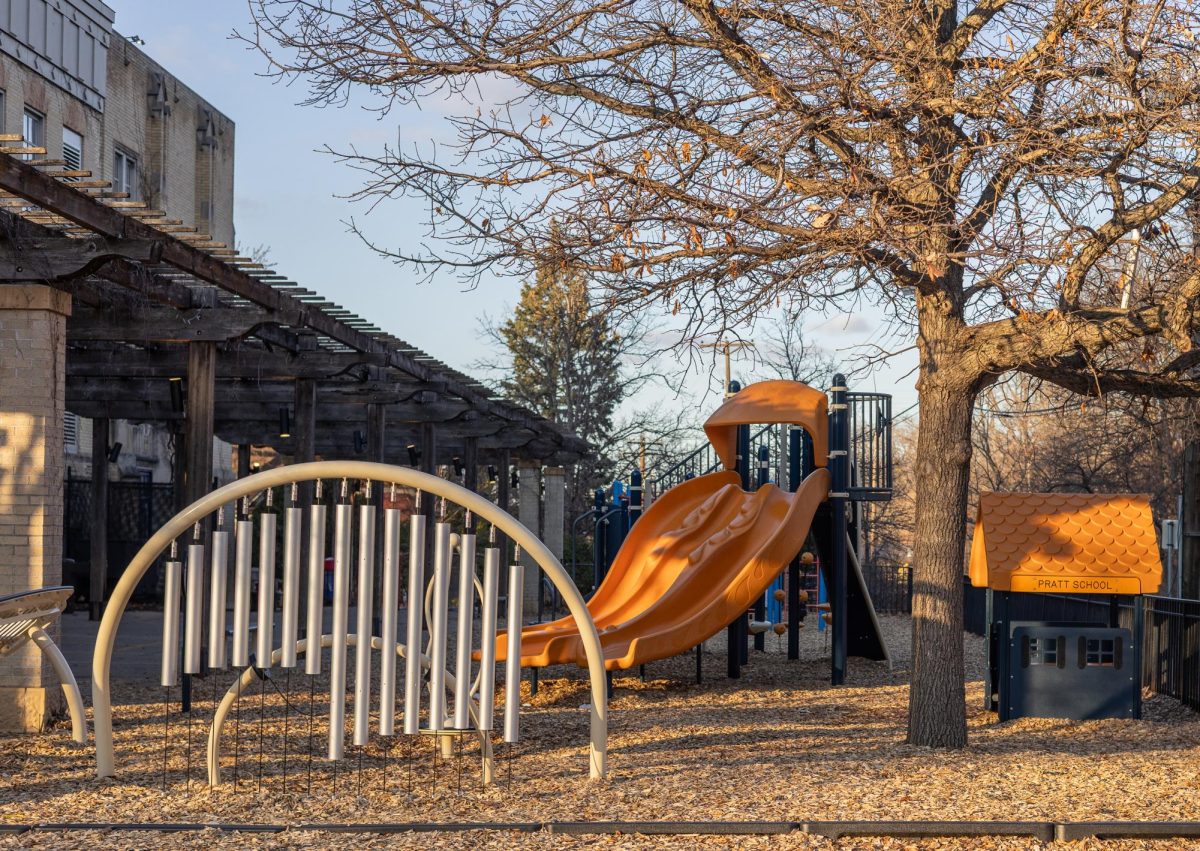

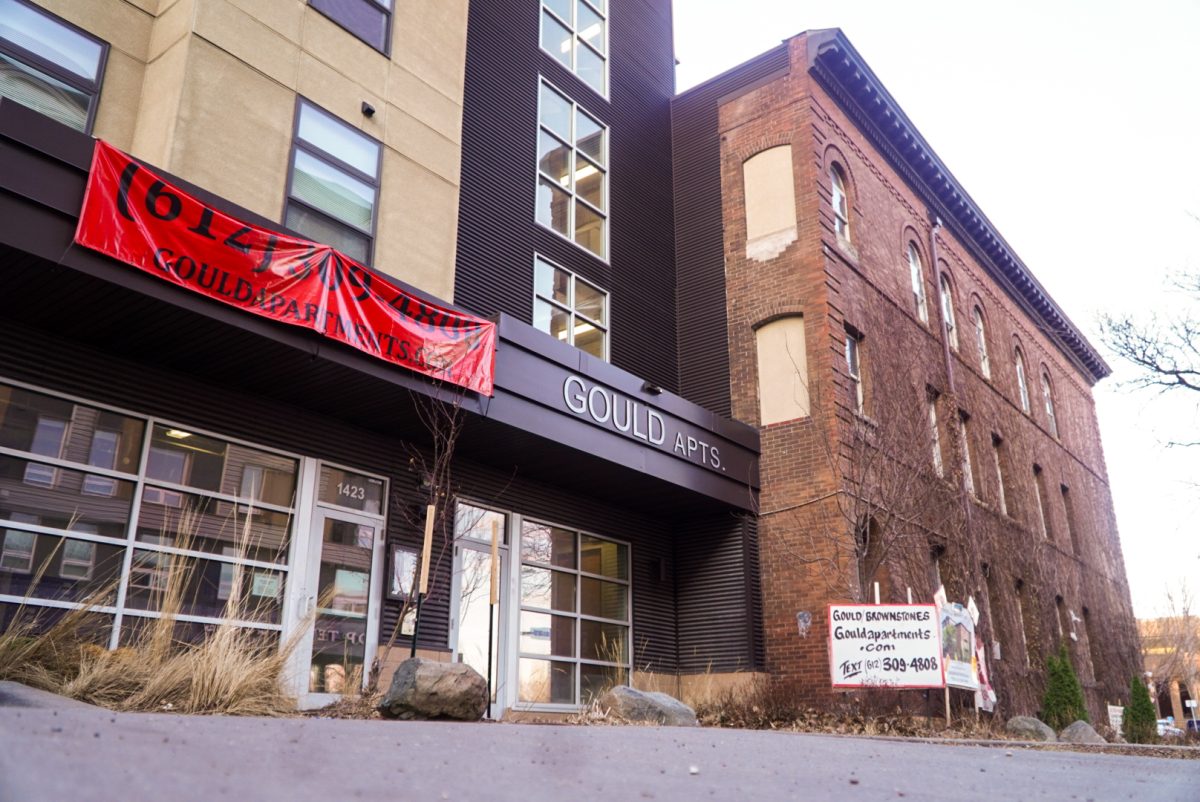
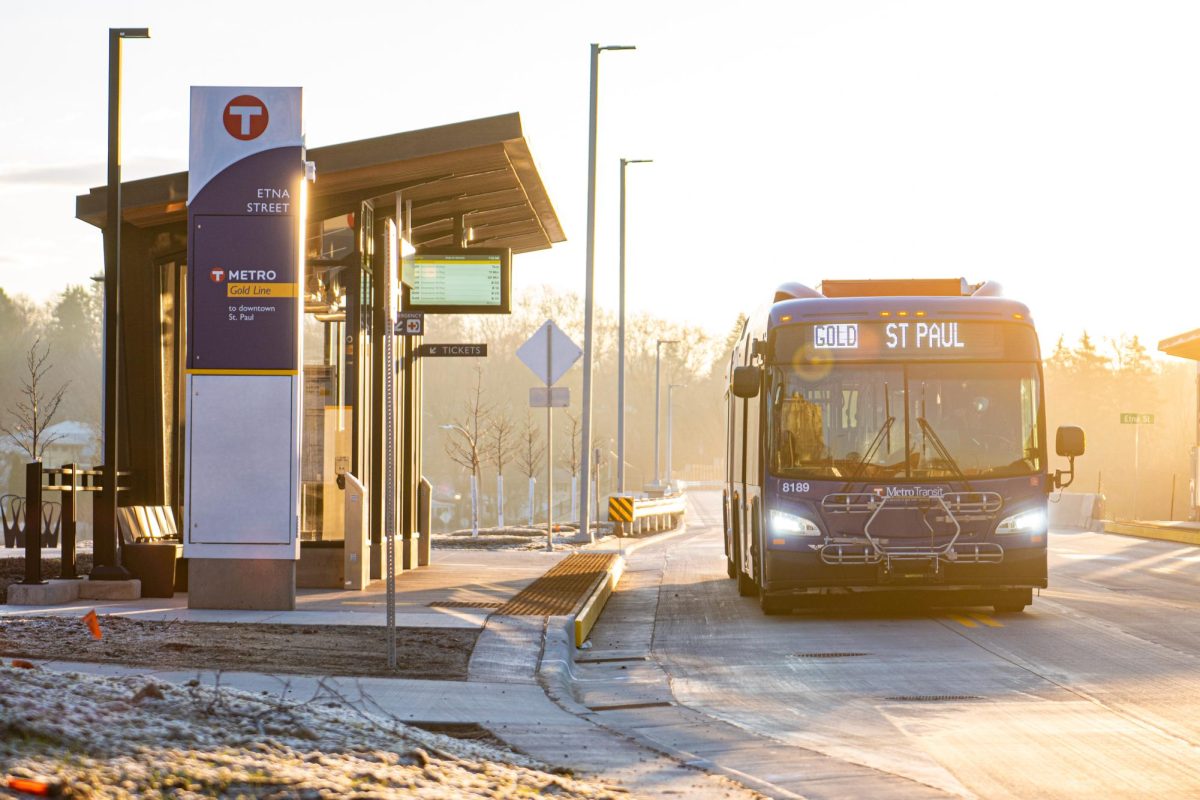


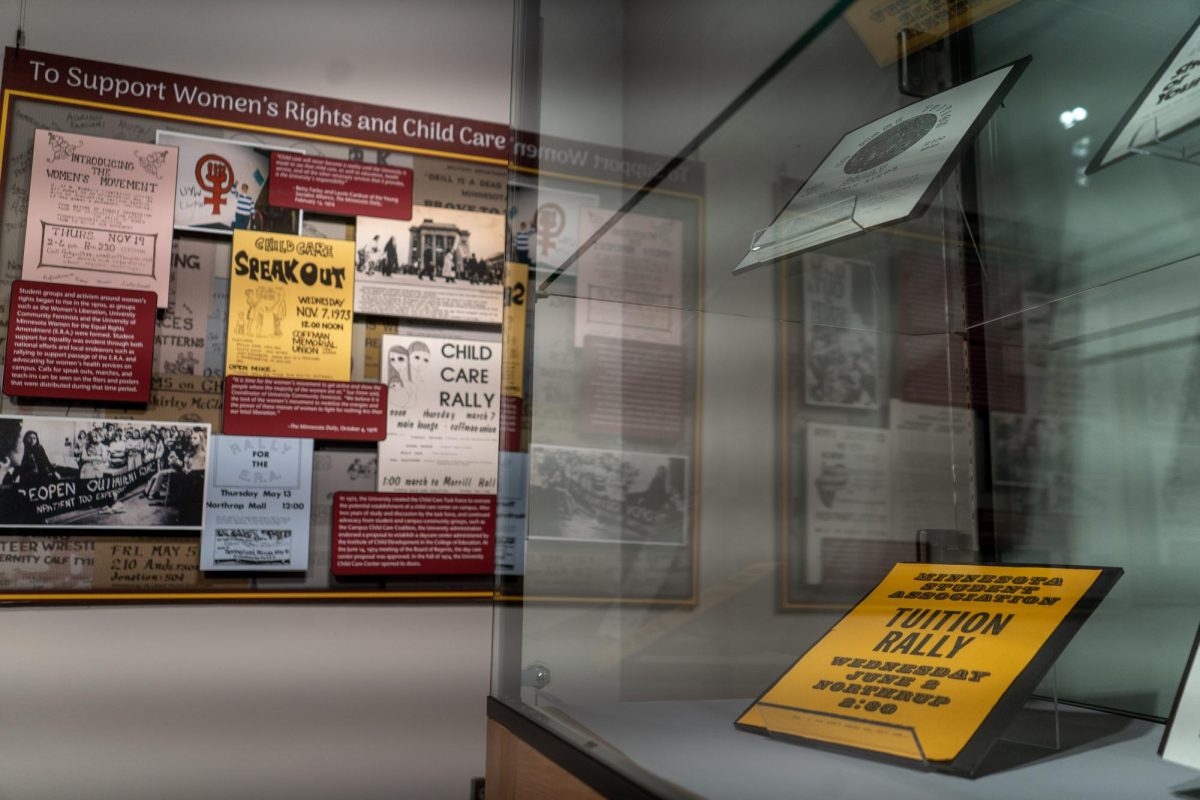


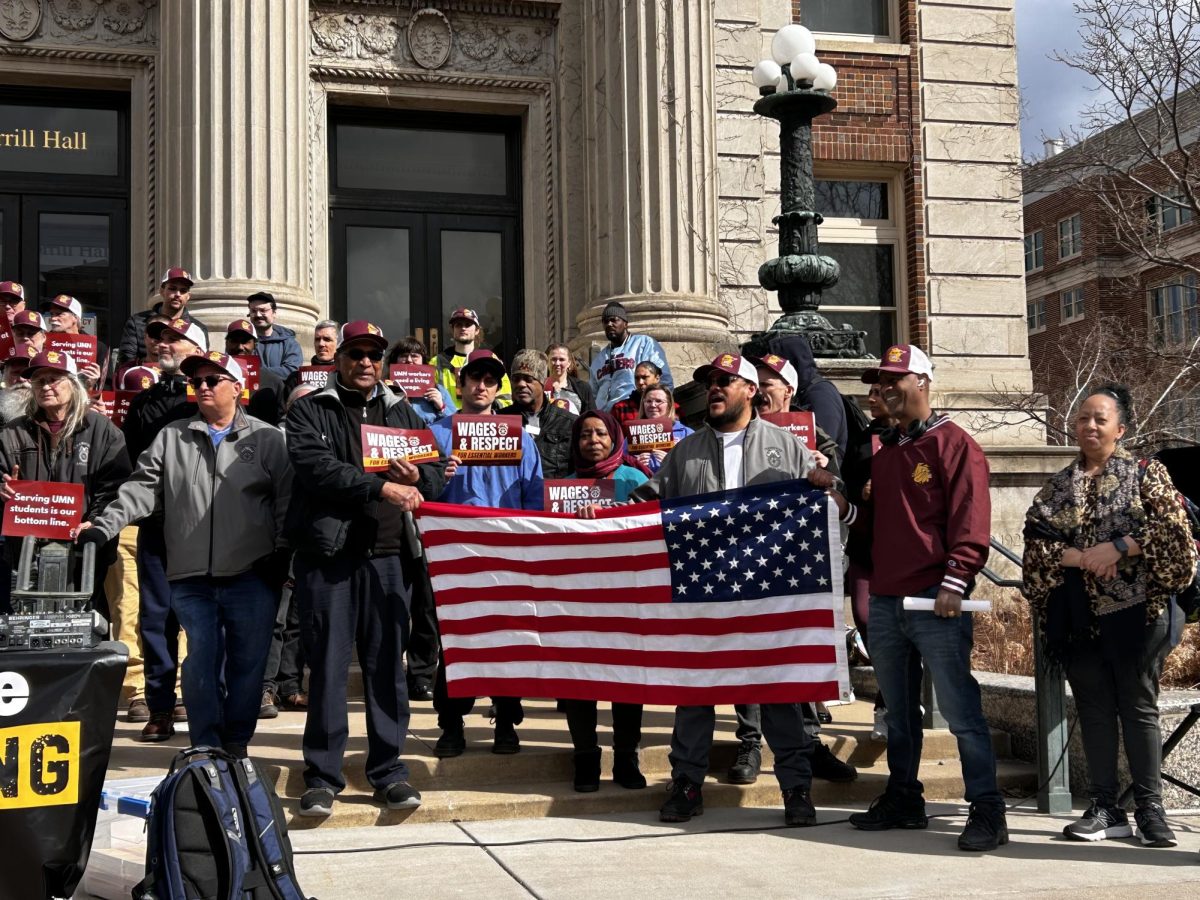

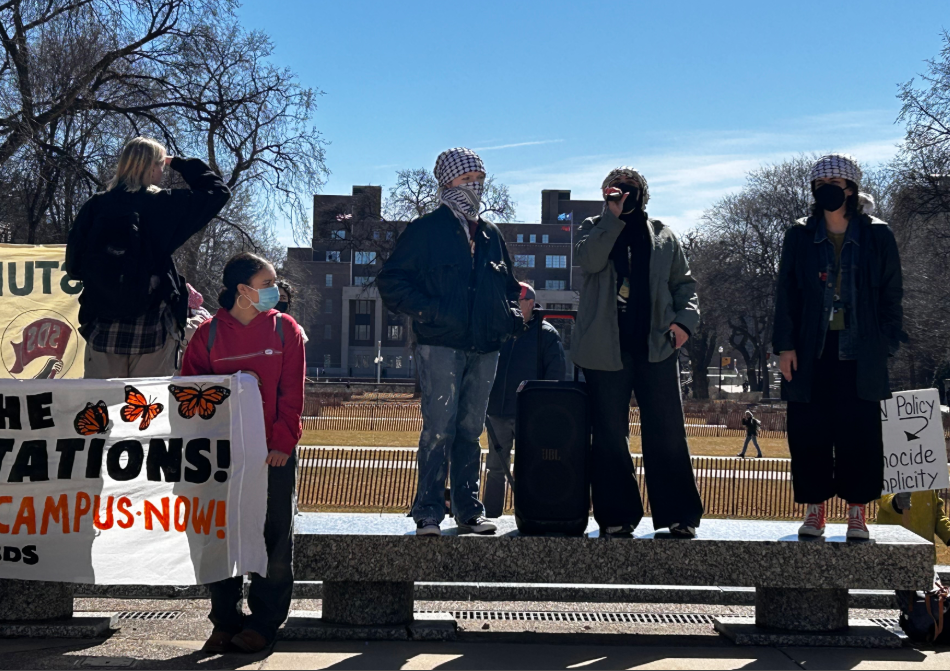






Rusty Shacklefort
Jan 23, 2021 at 11:48 pm
Not calling them Latinx, which about 3% of the hispanic population identifies with, might be a good start.
“However, for the population it is meant to describe, only 23% of U.S. adults who self-identify as Hispanic or Latino have heard of the term Latinx, and just 3% say they use it to describe themselves, according to a nationally representative, bilingual survey of U.S. Hispanic adults conducted in December 2019 by Pew Research Center.”
There was already a clever designator: “Latin@”
This smells of gringos colonizing languages again.